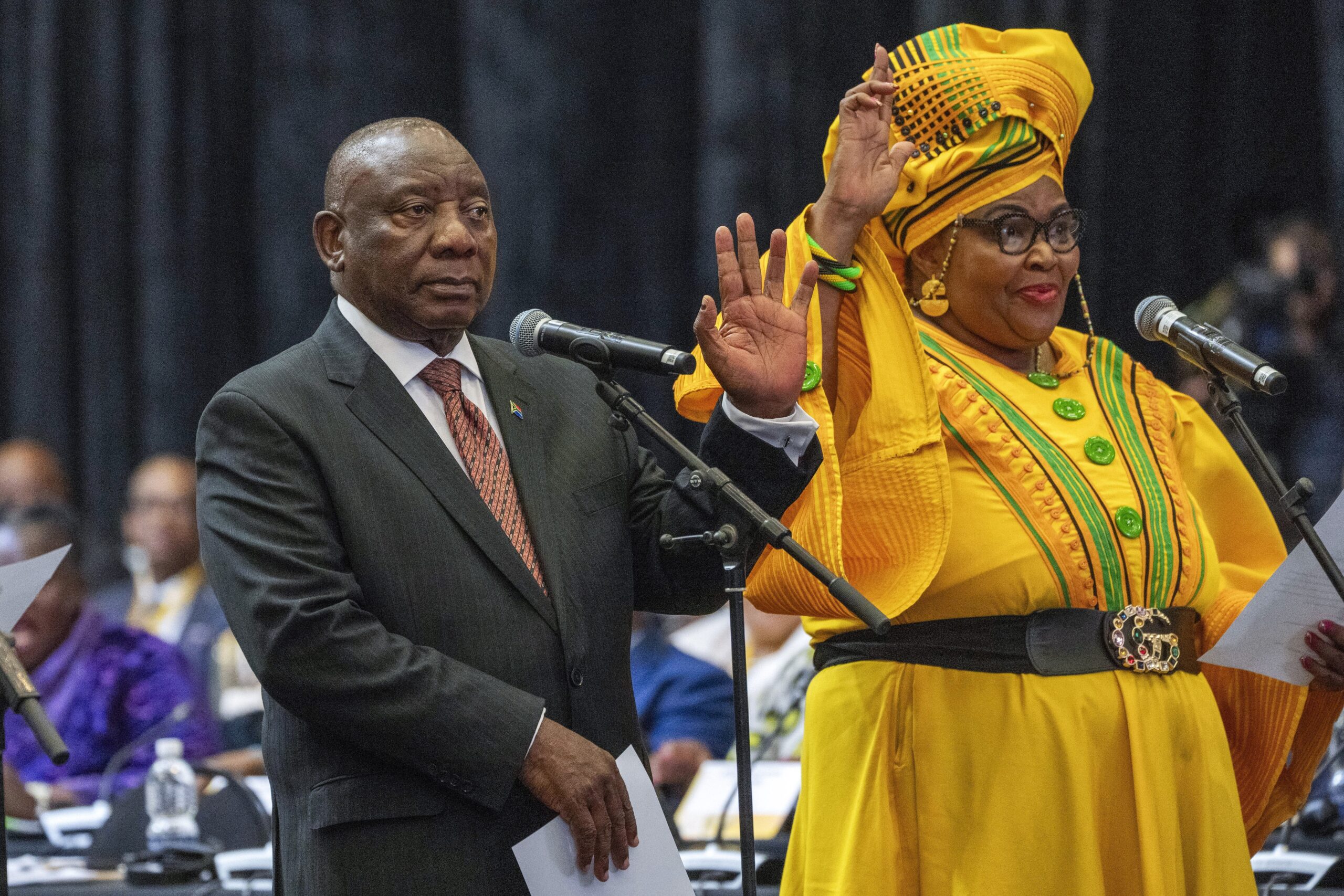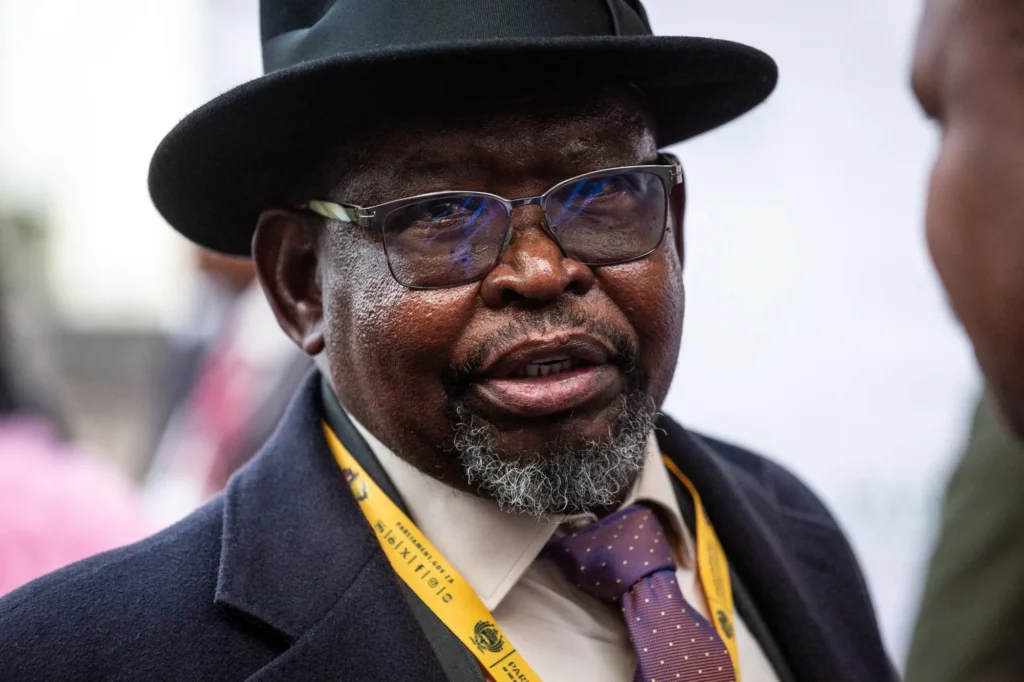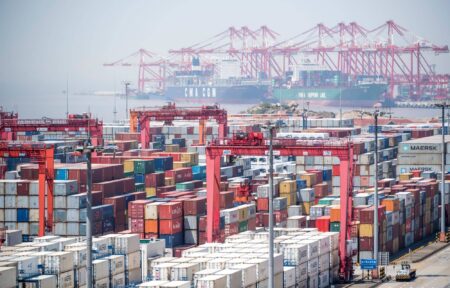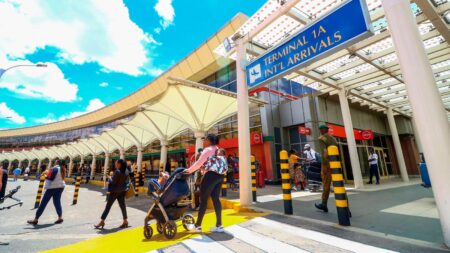- South Africa’s budget update has revealed that public finances face a mounting strain.
- The tax revenue for the current fiscal year is projected to be $1.27 billion.
- President Cyril Ramaphosa has vowed to transform the country into a giant construction site.
South Africa’s Budget Reveals Strain to Public Finances
South Africa’s latest budget update has revealed that public finances are facing mounting strain, emphasizing the urgency for the newly formed coalition government to attract additional investment into the region’s largest economy.
The medium-term budget policy statement presented by Finance Minister Enoch Godongwana on Wednesday indicates that the fiscal deficit is anticipated to expand to 5 per cent of the gross domestic product in the fiscal year ending in March. This figure is an increase from the 4.5 per cent predicted in February and exceeds the predictions of most economists.
The rand weakened with rising bond yields. The nation’s currency fell 0.1 per cent to 17.6895 per dollar by 4:25 p.m. in Johannesburg after erasing a gain of as much as 0.7 per cent, while yields on 2035 government bonds rose to 10.45 per cent from a session-low of 10.33 per cent.
Energy and Wage Challenges
For years, electricity shortages have crippled South Africa, reducing production and tax revenues, while consecutive salary increases for civil servants have drained the state’s treasury. The revised budget estimates, presented by the new ten-party administration, highlight the significant challenges it confronts to enhance output and employment and stabilize the nation’s finances.
“We know that our debt is unsustainable because debt-service costs have become the largest component of our spending, and it is rising faster than economic growth,” Godongwana told lawmakers in Cape Town. “To deal with this problem, we have taken difficult steps to reduce the budget deficit. We have restrained spending and maintained stable tax collection.”
Tax Revenue Misses Target
The tax revenue for the current fiscal year is projected to be $1.27 billion below the target due to lower-than-expected income from value-added tax, personal income tax, and fuel levies. The debt-to-GDP ratio is anticipated to stabilize in the 2025-26 fiscal year, albeit at a slightly higher level of 75.5 per cent, compared to the 75.3 per cent forecasted in February.
The GDP is predicted to grow at an average of 1.8 per cent in the next three years. This growth is slightly higher than previous estimations but remains insufficient to keep tabs with population growth.
“The target budget deficit is a little wider than expected, which, considering South Africa’s public finances are already in precarious shape, is not the ideal outcome markets were hoping for,” said Brendan McKenna, an emerging-market economist and strategist at Wells Fargo. “We are still optimistic for fiscal consolidation over the medium-term.”
The National Treasury allocated additional finances to cater for a peacekeeping mission in the DRC and settle debts arising from an abandoned freeway tolling project. It has also set aside $623.4 million for an early retirement plan for civil servants in the next two years, which should help tame the burgeoning wage bill.
Read Also: South Africa’s private sector contraction worsens in July, but bright spots exist
Union Criticism
“We remain underwhelmed and disappointed by Treasury’s continued approach to tackling our deep-seated economic and governance crises, the Congress of South African Trade Unions, the country’s biggest labor federation, said in a statement. “If we are to set public debt on a sustainable path, we must stimulate growth, slash unemployment and rebuild the state. Repeating the tried-and-failed approach of painful austerity budget cuts and freezing vacancies will not resolve these.”
100 days of South Africa’s Coalition Government

Significant progress has been observed: the nation has experienced several months of continuous electricity supply, the rules for working visas have been thoroughly revised, and the government has initiated the privatization of rail lines.
Infrastructure Investment Strategies
The National Treasury has announced that the government is exploring different strategies to boost private investment in infrastructure projects. This includes creating a platform with a credit guarantee facility to mitigate risks linked to public sector projects. Additionally, new financing mechanisms are being considered.
President Cyril Ramaphosa has vowed to transform the country into a giant construction site. He estimates that as much as $90 billion in public sector infrastructure and a further $180 billion from the private sector will help the country to achieve its infrastructure goals by 2030.
Credit Ratings as South Africa Budget Scrutiny Intensifies
Fitch Ratings and Moody’s Ratings might reassess South Africa’s debt this week after the budget update is presented, whereas S&P Global Ratings is scheduled to review from November 15. All three agencies currently assign South Africa a sub-investment grade rating with a stable outlook.
“It is a fool’s game to try and pre-empt rating decisions,” said the Treasury’s director-general Duncan Pieterse. “I think that they will look kindly upon a treasury that consistently outperforms on its targets.”











